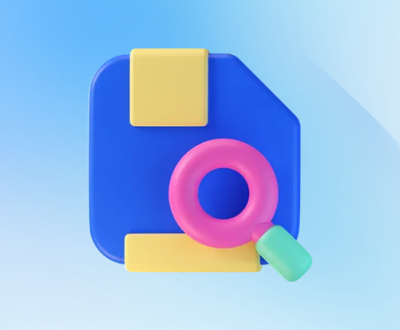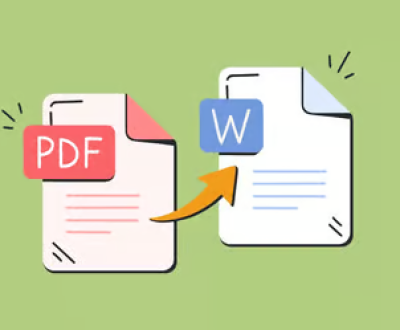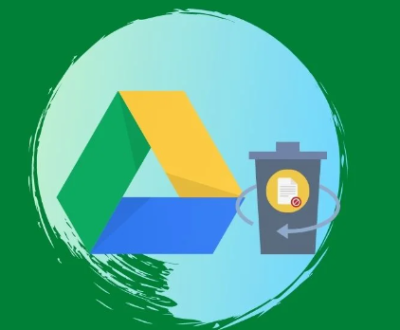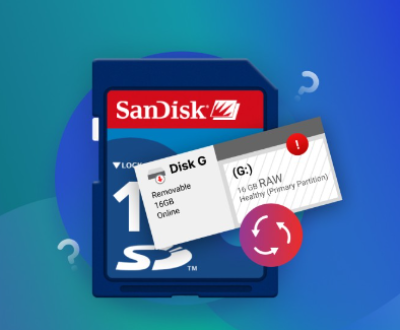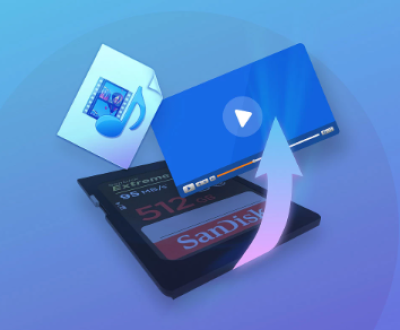When you add a new hard drive to your computer, whether it’s a secondary drive or an extra drive meant for storage expansion, it is common to encounter an issue where the drive needs to be “initialized” before it can be used. This initialization process involves setting up the drive’s partition table and file system. However, there are cases where the drive fails to initialize or appears unresponsive. This situation can be frustrating, especially when the drive appears in the BIOS/UEFI but does not show up in Windows or other operating systems.
1.nitialization Process
The initialization of a hard drive typically occurs when a new or previously unused drive is connected to your system. Initialization is necessary to create a partition table, which defines the structure of the disk so that it can be read and used by the operating system. This is also when the disk is formatted with a file system (e.g., NTFS, FAT32. or exFAT), allowing data to be written and stored.

Key steps in initializing a drive:
Partitioning the Drive: The drive must be partitioned to break it into manageable sections or partitions.
Formatting: The drive must be formatted with a file system (e.g., NTFS for Windows, EXT4 for Linux) so that it can store data.
Assigning a Drive Letter: In Windows, a drive letter must be assigned for the operating system to recognize and access the drive.
While initializing is a crucial step for ensuring the drive is usable, issues can arise when there is a failure to complete any of these tasks, leading to the drive becoming inaccessible or appearing with errors.
2. Diagnosing the Problem
The first step is to diagnose whether the issue lies with the drive itself, the connection, or the operating system. Here are the primary diagnostic steps:
a. Check Physical Connections
Ensure the hard drive is properly connected to the computer. If it’s an internal drive, check the SATA or power cables. For external drives, make sure the USB or other data cables are secure.
Try connecting the drive to a different port or using a different cable. Sometimes, a faulty cable or port can prevent the drive from being recognized.
b. Check BIOS/UEFI Settings
Restart your computer and enter the BIOS/UEFI menu. Verify that the new hard drive is detected at the hardware level. If not, there might be an issue with the drive’s hardware or the motherboard’s connections.
Ensure that the drive is listed under the storage section, and check that the interface (SATA, NVMe, etc.) is set correctly.
c. Check Device Manager (Windows)
Open Device Manager (right-click Start menu > Device Manager) and look under the Disk Drives section. If the drive is listed with a yellow exclamation mark or as “Unallocated,” there may be a problem with its initialization or configuration.
d. Disk Management (Windows)
Go to Disk Management (right-click on the Start menu > Disk Management). Here you can check if the drive appears as “Unallocated” or “Healthy” but uninitialized. If it shows as unallocated, the drive is ready for partitioning and formatting.
e. Check Disk Health
If the drive is making unusual noises or fails to appear in BIOS or Disk Management, it might be a sign of a physical failure. Use tools like CrystalDiskInfo or HD Tune to check the health of the drive. If it’s a physical failure, you may need professional data recovery services.
3. Resolving Initialization Issues
Once you’ve diagnosed the issue and confirmed the drive is physically functional, you can begin the process of resolving the initialization problem.
a. Re-initialize the Drive in Windows
If your drive appears in Disk Management as unallocated, you can manually initialize it.
Open Disk Management.
Right-click on the unallocated space of the new drive.
Choose Initialize Disk.
Select a partition style: MBR (Master Boot Record) or GPT (GUID Partition Table). GPT is recommended for drives larger than 2 TB.
Once initialized, right-click on the unallocated space and choose New Simple Volume.
Follow the wizard to assign a letter and format the drive. You can choose the file system (NTFS is most commonly used for Windows).
b. Using Command Prompt
You can also use the diskpart tool in Command Prompt to initialize and format the disk manually:
Open Command Prompt as an administrator.
Type diskpart and press Enter.
Type list disk to show all connected drives.
Identify your new drive by its size.
Type select disk X (replace X with the number of your drive).
Type clean to remove any old partition information from the drive.
Type create partition primary to create a new partition.
Type format fs=ntfs quick to format the drive as NTFS.
Type assign letter=Z to assign a drive letter (replace Z with your desired letter).
Type exit to close diskpart.
After performing these steps, your drive should be initialized and accessible.
c. Fixing File System Corruption
If the drive was previously formatted but is now showing as unallocated or with errors, file system corruption might be the issue. You can attempt to fix the file system by running chkdsk:
Open Command Prompt as an administrator.
Type chkdsk /f X: (replace X with the drive letter of the unresponsive drive).
Press Enter. The utility will scan the drive and fix any errors.
d. Update Drivers and Firmware
Outdated or incompatible drivers and firmware can also prevent a drive from being properly initialized. To fix this:
In Device Manager, right-click on the drive and select Update Driver.
Choose to search for updated drivers automatically or manually install any updates from the manufacturer’s website.
Check for BIOS or firmware updates for your motherboard or hard drive model from the manufacturer’s website.
4. Recovering Data from a Non-Initialized Drive
In cases where the drive was initialized but data was lost, you might need to recover data from the drive before reformatting or repartitioning it.
a. Use Data Recovery Software
There are several reputable data recovery programs available, such as Recuva, EaseUS Data Recovery Wizard, or Panda Data Recovery. These programs scan the hard drive for recoverable files even if the drive has been initialized or formatted.
Install and open your chosen recovery software.
Select the initialized drive as the source drive.
Let the software scan for lost files. The process may take some time, depending on the size of the drive and the extent of the data loss.
Once the scan is complete, review the found files and select the ones you want to recover.
Save the recovered files to another storage device to avoid overwriting the data on the initialized drive.
b. Use Professional Data Recovery Services
If the drive has suffered from physical damage or if data recovery software fails to recover important files, professional data recovery services may be necessary. These services have specialized equipment and expertise to recover data from damaged drives, though they can be expensive.
5. Preventative Measures for the Future
After resolving your issue with the initialized hard drive, it’s essential to take steps to ensure similar problems don’t arise in the future:
Regular Backups: Always back up important files to an external drive or cloud storage. This ensures you don’t lose data in case of a drive failure.
Proper Ejecting: Always safely eject external hard drives to avoid file corruption.
Monitor Drive Health: Regularly check the health of your hard drive using diagnostic software to catch early signs of failure.
Avoid Overwriting Data: When trying to recover lost data, avoid overwriting the drive before recovering the files.
Getting an extra hard drive working after it’s been initialized can seem daunting, but by following a series of methodical troubleshooting steps, you can resolve most issues. Whether the drive is unresponsive, appears as unallocated space, or is showing file system errors, there are clear solutions available.
Start with basic diagnostics such as checking connections, reviewing BIOS settings, and using Windows tools like Disk Management. If necessary, you can reinitialize the drive, fix file system errors, or use data recovery software to retrieve lost data. Lastly, adopting best practices for drive management and backups will help prevent issues in the future and ensure that your drives remain functional over time.
About us and this blog
Panda Assistant is built on the latest data recovery algorithms, ensuring that no file is too damaged, too lost, or too corrupted to be recovered.
Request a free quote
We believe that data recovery shouldn’t be a daunting task. That’s why we’ve designed Panda Assistant to be as easy to use as it is powerful. With a few clicks, you can initiate a scan, preview recoverable files, and restore your data all within a matter of minutes.
Subscribe to our newsletter!
More from our blog
See all postsRecent Posts
- How to recover lost files on sd card 2025-07-18
- How do i recover a lost document in word 2025-07-18
- How to recover lost files on windows 10 2025-07-18

 Try lt Free
Try lt Free Recovery success rate of up to
Recovery success rate of up to

